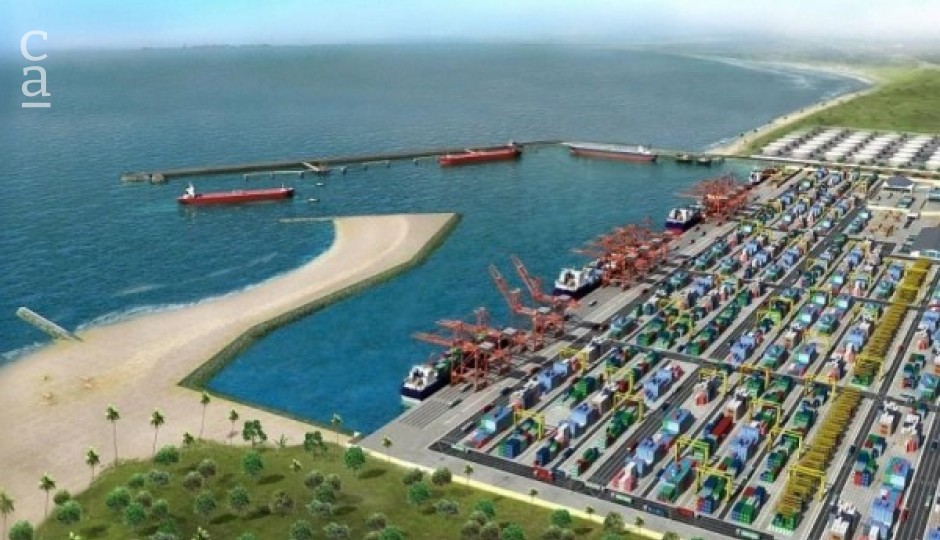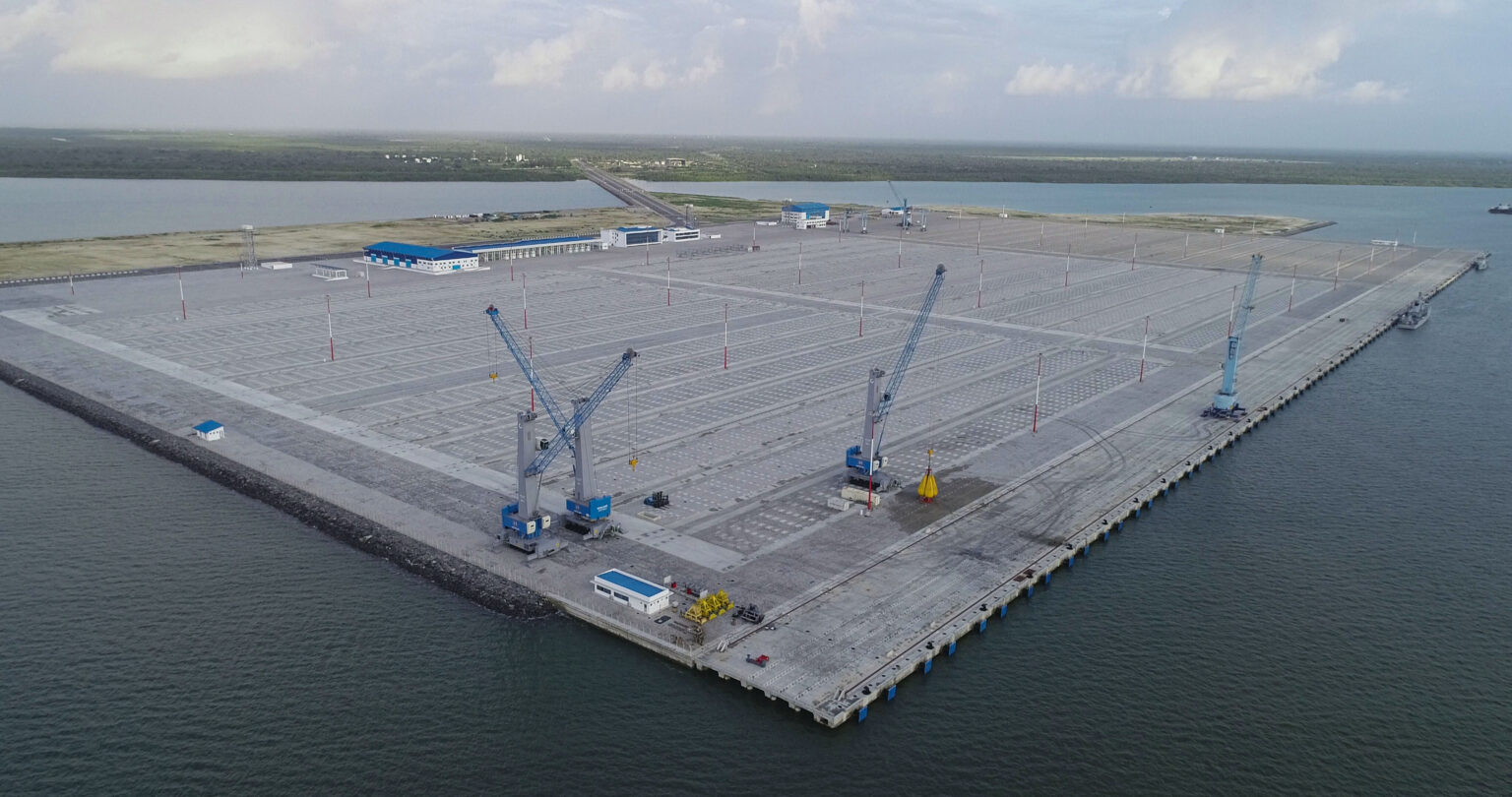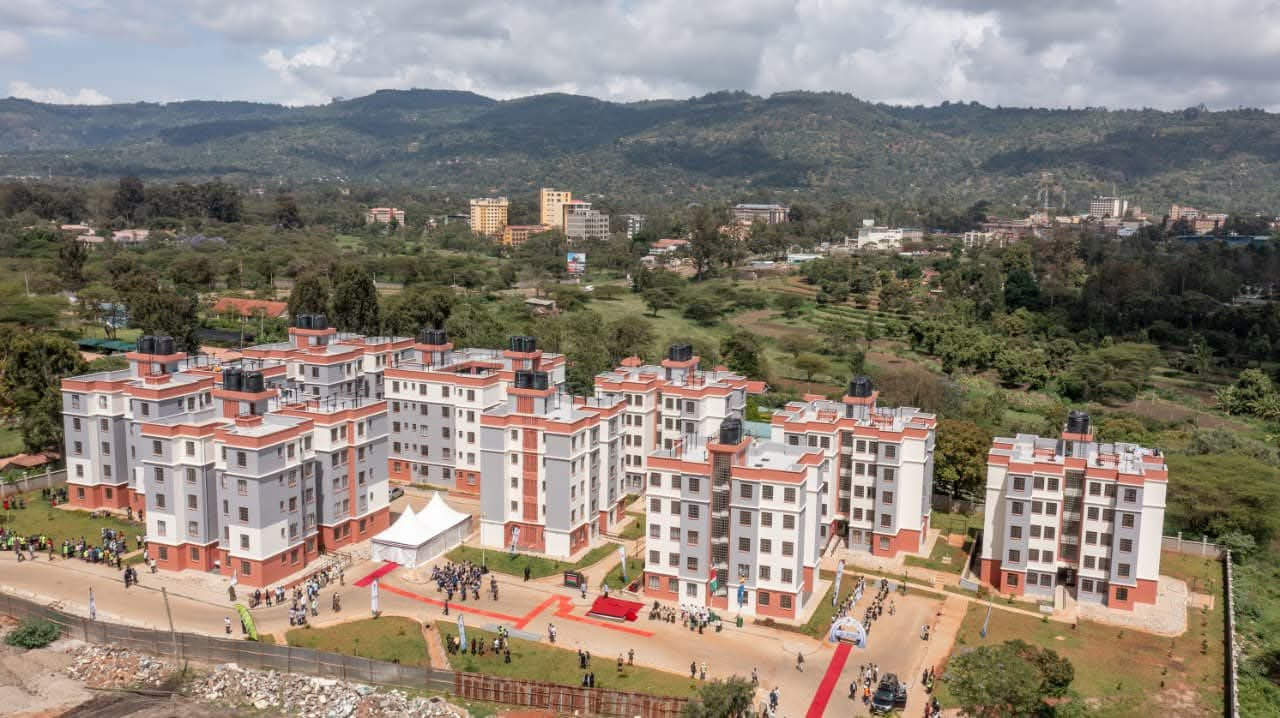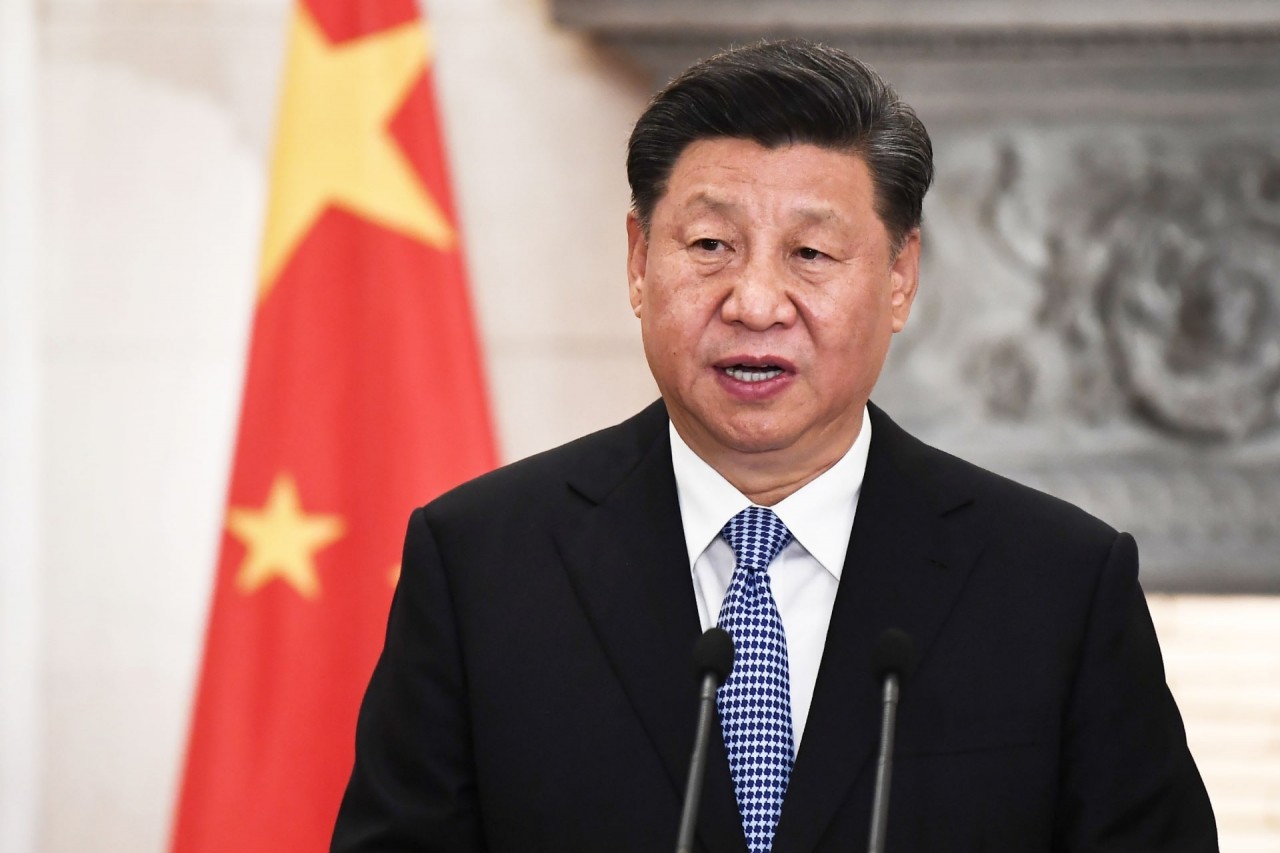Lamu Port, a cornerstone of Kenya’s ambitious LAPSSET Corridor Program, is rapidly emerging as a leading logistics hub on the Indian Ocean. With record-breaking vessel traffic and a growing list of major shipping lines, the port is proving its strategic value and establishing itself as a preferred destination for global trade.
Record-Breaking Growth in Vessel Traffic
The port’s momentum is unmistakable. Lamu is on track to handle a record 23 vessels in August, a remarkable surge that far surpasses the total traffic from the first seven months of the year. This dramatic increase is a strong indicator of the port’s rising prominence and the growing confidence of international shipping lines.
A key highlight of this growth is the arrival of the MV Nagoya Express in early August. Operated by German shipping giant Hapag-Lloyd, this 335-meter container ship is the longest vessel ever to dock in East Africa, setting a new regional record. Its successful berthing proves that Lamu’s deep-water berths (17.5 meters) and wide turning bay (500 meters) can accommodate Post-Suezmax vessels, which are too large for older ports like Mombasa.

A Hub for Transshipment and Regional Connectivity
Lamu Port is not just handling more ships; it’s also becoming a vital transshipment hub. The MV Nagoya Express, for example, loaded 140 transshipped containers bound for New York, demonstrating the port’s role in facilitating complex, high-value cargo operations. Similarly, in mid-May, the port welcomed the MV Zhong GU Beijing, which carried 222 Twenty-foot Equivalent Units (TEUs) of transshipment cargo destined for Dar es Salaam.
This focus on transshipment is a key part of the port’s strategy. By offering dedicated services, like the new Lamu-to-Dar es Salaam route operated by the MV Devon, the port is actively reshaping regional trade patterns. The ability to handle large volumes of cargo destined for other regional ports, including those in Mozambique, Tanzania, Zanzibar, and even landlocked countries like Ethiopia and South Sudan, positions Lamu as a crucial gateway to Eastern Africa.
A Vision for the Future
The success of Lamu Port is a tangible result of Kenya’s Vision 2030 strategy, which aims to transform the nation into an industrialized, middle-income country. With a full capacity of 1.2 million TEUs and plans for future liquid-bulk and agri-bulk terminals, the port is a foundational piece of the LAPSSET Corridor Program. This ambitious project aims to create a comprehensive transport corridor connecting Kenya, South Sudan, and Ethiopia, unlocking new opportunities for economic growth and regional integration. The port’s recent achievements show that this vision is becoming a reality, cementing its reputation as a game-changer for East African maritime trade.












